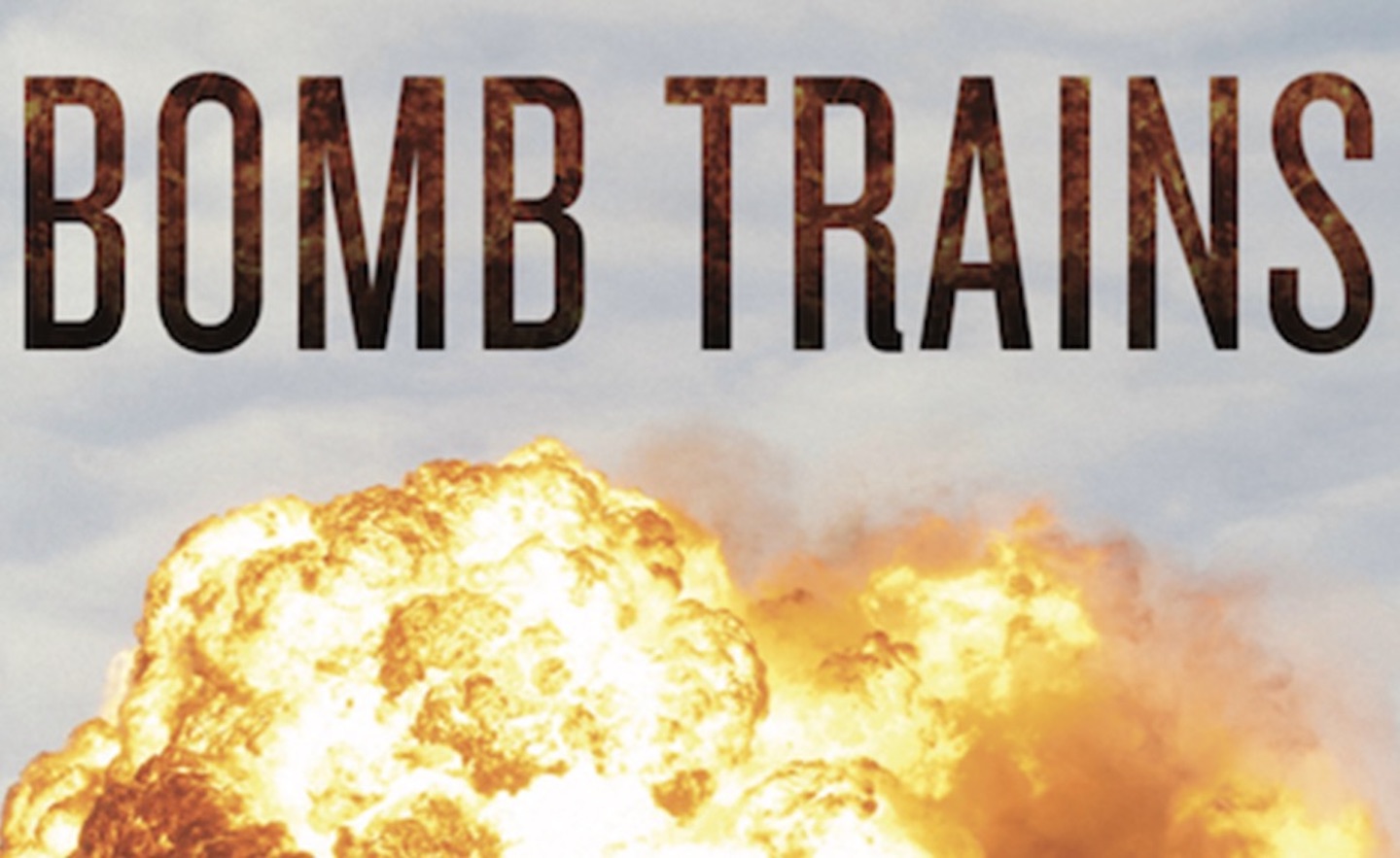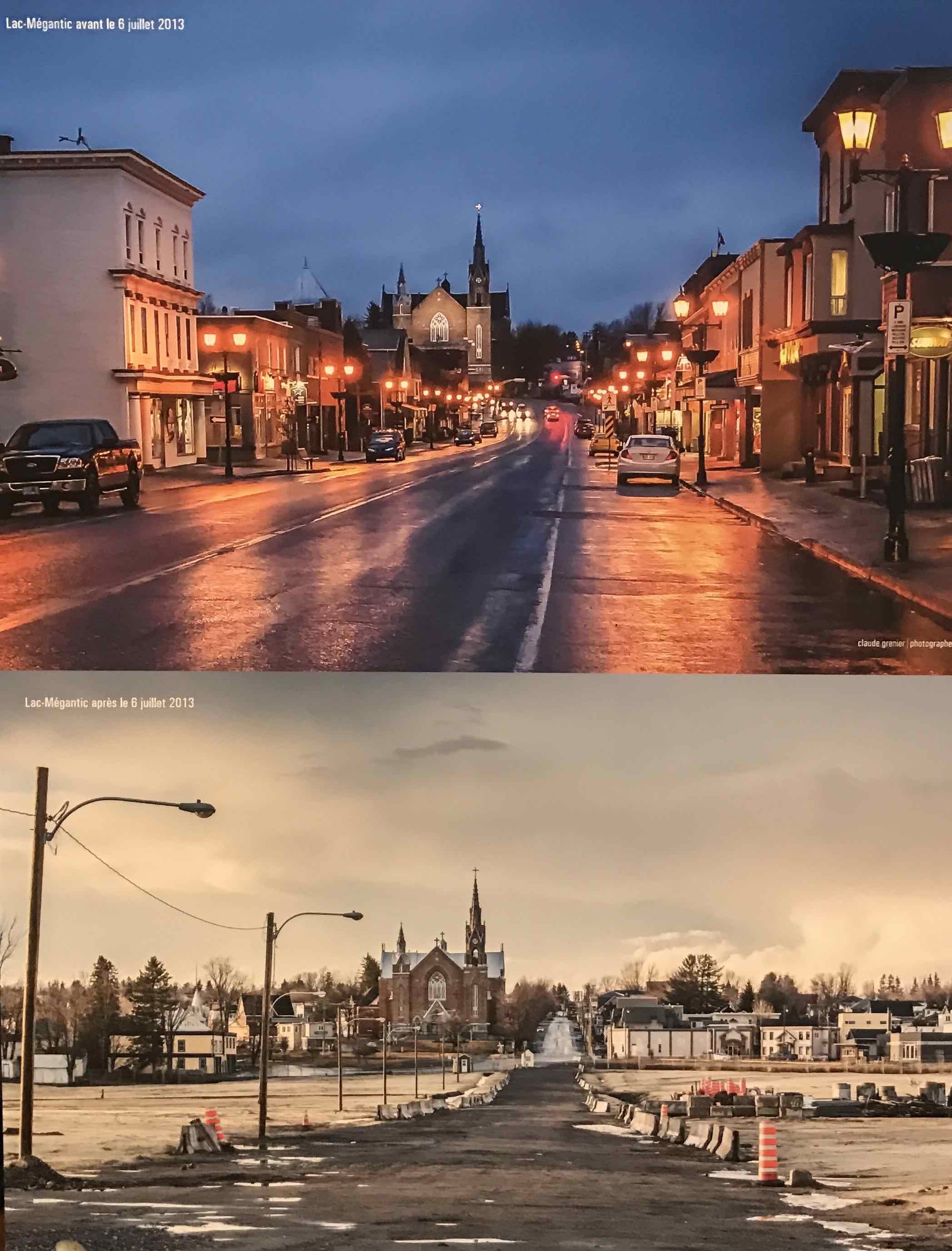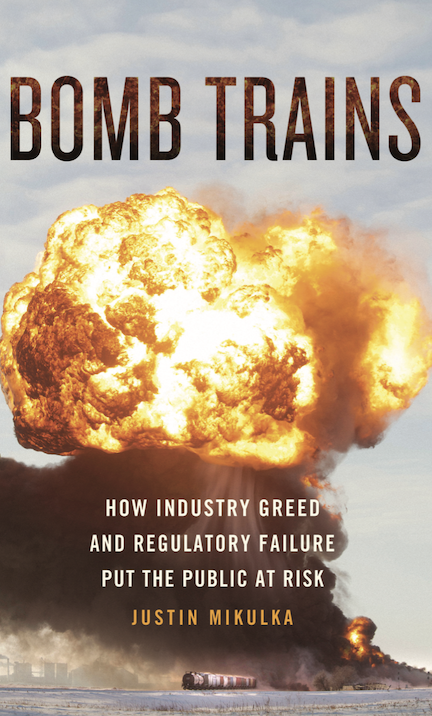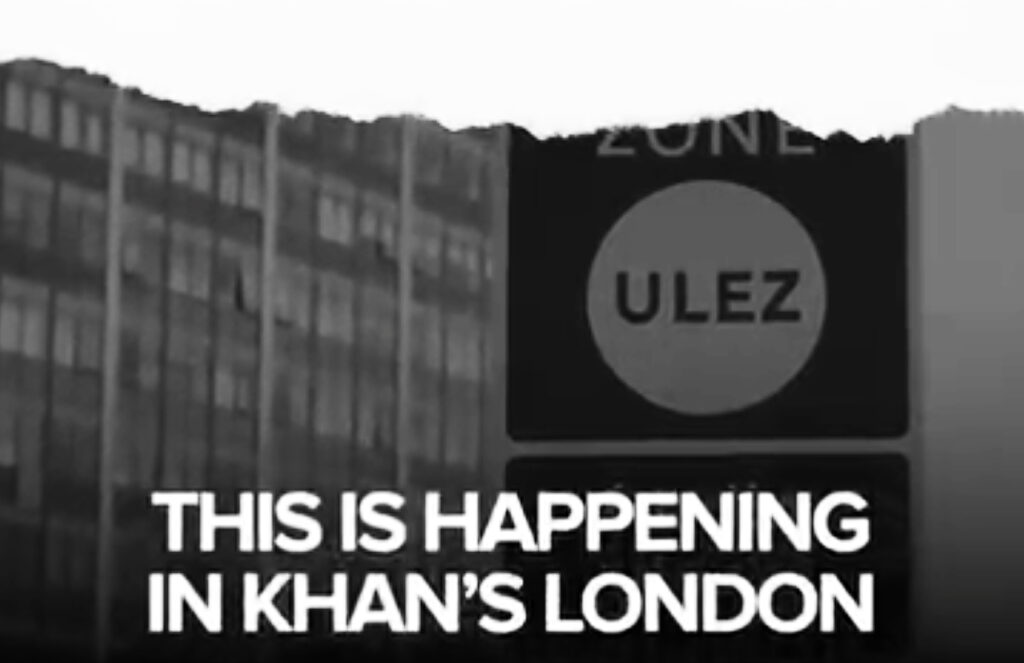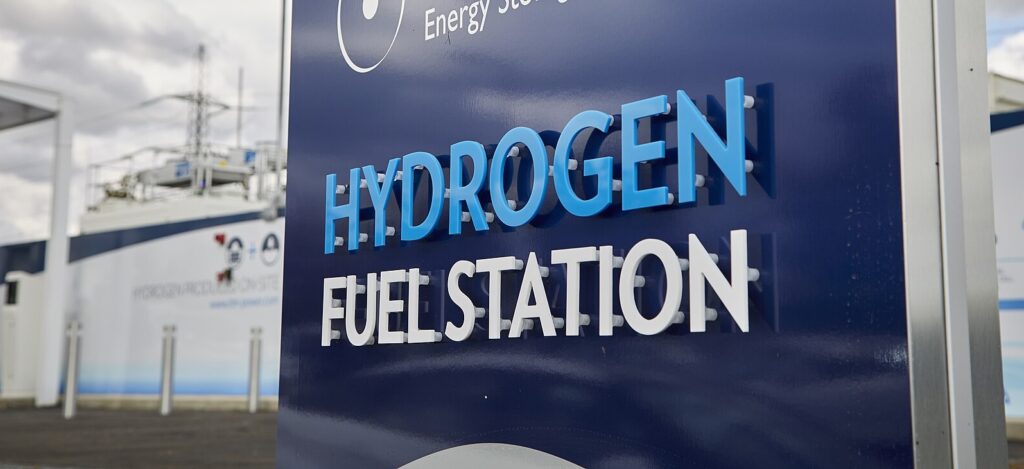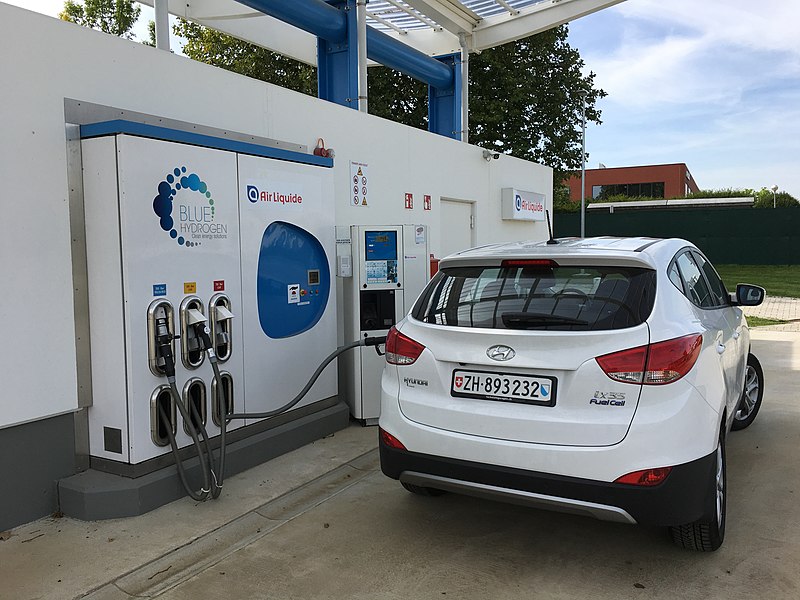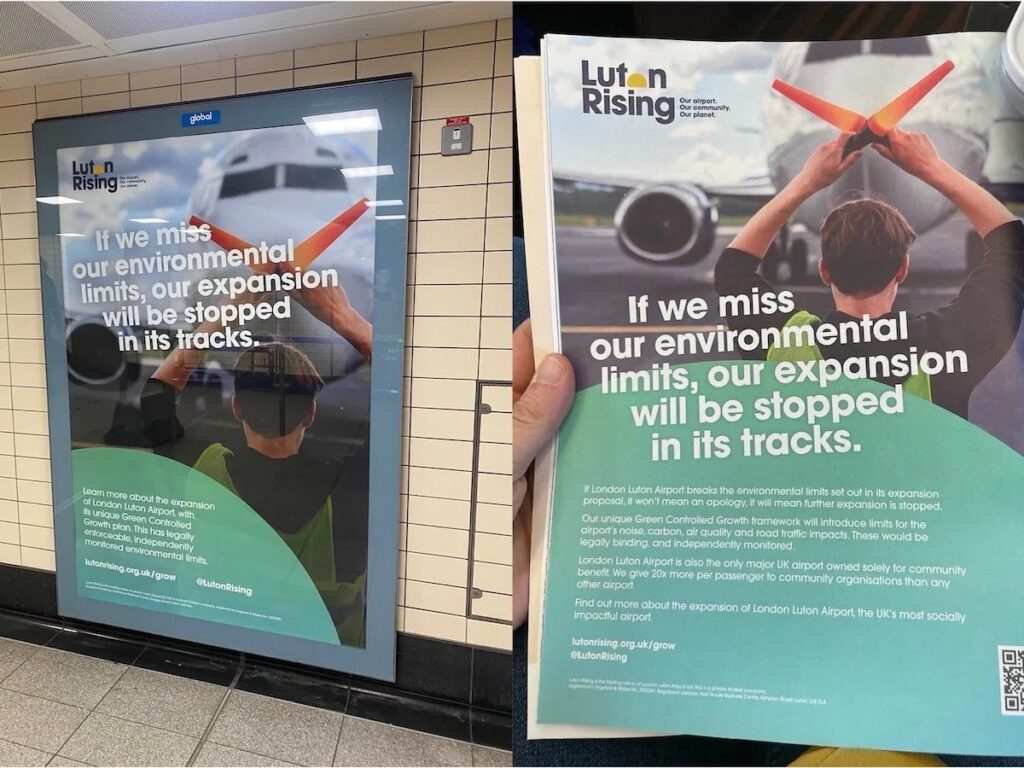On July 6, 2013, a train hauling crude oil from North Dakota’s Bakken region derailed in Lac-Mégantic, Quebec, resulting in fires and explosions that killed 47 people and wiped out a large part of the small Canadian town’s center. At the time I was living in Albany, New York, which had become a major distribution point for Bakken oil delivered to the Port of Albany in mile-long trains like the one that devastated Lac-Mégantic. In the six months following the deadly disaster, several more trains of Bakken oil derailed and exploded across North America.
As the risk of these oil trains became very apparent, I began investigating how the trains could be allowed to travel through communities like mine in Albany and started publishing my findings here at DeSmog. Now, just after the six year anniversary of the Lac-Mégantic disaster, I have compiled all of that research into the new book Bomb Trains: How Industry Greed and Regulatory Failure Put the Public at Risk.
Unfortunately — as I explain in the book — little has been done to improve the safety of moving oil and ethanol by rail since then, and the risks to people and the environment remain as great as they were in 2013. After the Lac-Mégantic disaster, the oil and rail industries and regulators all made a great show of how they were addressing the risks of crude oil trains.
In practice, however, the oil and rail industries and their lobbyists — along with cooperative regulators and politicians — made protecting industry profits the top priority. The regulatory systems in the U.S. and Canada are so deeply flawed that industry controls the process and prevents the addressing of known risks.
Lac-Mégantic, Quebec, before and after the oil train explosion in July 2013. Credit: Claude Grenier, Studio Numéra, Lac-Mégantic
The Risk Remains
In April, an ethanol train derailed and burned near Fort Worth, Texas, destroying a horse stable, killing three horses, and causing the evacuation of nearby homes. This train was using the newer DOT-117R rail tank cars that were part of the 2015 U.S. federal regulations that were supposed to improve the safety of moving crude oil and ethanol by rail.
In February, an oil train derailed in Western Manitoba, Canada, and spilled over 250,000 gallons of oil. In June 2018, a train full of Canadian oil derailed near Boon, Iowa, releasing 250,000 gallons of oil. Both of these trains were using the upgraded DOT-117R tank cars. The first three derailments of trains using the new industry standard tank cars — which were supposed to make transporting these flammable materials by rail safe — resulted in major oil spills and a fire.
Drone footage shows an overhead view of the oil spill on a Manitoba farmer’s land caused by a train derailment.
Global News will be speaking with the farmer, Jayme Corr, Wednesday.
READ MORE: https://t.co/hX4ibASlN6 pic.twitter.com/ySeAdu8hS1— Global Winnipeg (@globalwinnipeg) February 20, 2019
While the amount of oil being moved by rail in the U.S. is lower than the record levels in 2014, volumes have been on the rise since 2017. Meanwhile, Canada is shipping record amounts of oil by rail to U.S. refineries and ports, with plans for continued increases.
Additionally, the Trump administration is moving forward with plans to allow trains of liquefied natural gas (LNG) — further increasing the risks of a rail disaster involving highly flammable materials.
This is an issue that isn’t going away, and Bomb Trains lays out the lessons the U.S. and Canada could still take to heart and avoid a repeat of the Lac-Mégantic disaster.
Deregulation in Spite of Risks
While there is ample evidence that the extra-long trains hauling crude oil, ethanol, and potentially LNG pose great risks to the communities they pass through, the Trump administration has been rolling back or canceling existing and planned federal protections that would greatly reduce the risk of moving these flammable materials by rail.
In my new book, I document how the rail industry lobbied against a rule requiring modern braking systems on oil trains and then, as soon as the regulation was released in 2015, set to work repealing it. While it took several years and the help of members of Congress, the rail industry succeeded in late 2017 when the Department of Transportation rule requiring modern braking systems on oil trains was repealed.
In a more recent development, the Trump administration has also canceled a proposed regulation requiring two-person crews for freight trains and will not allow states to enforce existing regulations requiring two-person crews. In the document explaining this decision the Department of Transportation (DOT) clearly stated that the Federal Railroad Administration’s official policy is to allow the industry to self-regulate while removing existing regulations:
“DOT’s approach to achieving safety improvements begins with a focus on removing unnecessary barriers and issuing voluntary guidance, rather than regulations that could stifle innovation.”
The one remaining proposed safety regulation still on the books from the Obama administration could potentially set limits for the vapor pressure of oil being transported by rail to address concerns about the oil’s volatility and flammability — factors that led to rail operators calling oil trains that exploded with the classic mushroom-cloud fireballs “bomb trains.” However, this protection has stalled under the Trump administration and likely will be withdrawn, just as the other oil-by-rail safety rules before it have been.
The state of Washington recently passed a new law setting vapor pressure limits for crude oil transported by rail, but lawmakers from North Dakota — the source of the flammable Bakken oil that is shipped to Washington — are now asking the Trump administration to overrule the state of Washington on this matter.
DeSmog video explaining science of oil volatility and vapor pressure.
Brian Stevens was one of the speakers at a November 2016 conference in Ottawa, which aimed to draw lessons from the Lac-Mégantic disaster. At the time, Stevens was National Rail Director for Unifor, Canada’s largest private sector union, but he previously spent 16 years as an air-brake mechanic working on trains.
Stevens said one of the problems was that “[t]he railways write the rules,” but added that the deregulation of the rail industry meant that an accident like Lac-Mégantic was “destined to happen.”
As we pass the six year anniversary of that deadly disaster, it is disturbing to see the further unraveling of oil-by-rail protections in the face of the very real and established risks to people and environment.
The Future of the Bomb Trains
While the book documents the failures of the regulatory system to protect the public, it also highlights many solutions that could be implemented to greatly reduce the risks associated with transporting hazardous materials by rail. As I outline, however, these solutions would cut into industry profits and potentially make the movement of oil by rail economically unviable. As such, those fixes aren’t being implemented.
Federal regulators are acutely aware of this gap in rail oversight. Shortly after Deborah Hersman left her position as chair of the National Transportation Safety Board in 2014, she explained to the Associated Press that the solutions for improving rail safety were well known. The problem was getting them implemented.
“We know the steps that will prevent or mitigate these accidents,” Hersman told the Associated Press. “What is missing is the will to require people to do so.”
Sarah Feinberg, head of the Federal Railroad Administration during President Obama’s second term, echoed this sentiment. She explained how the railroads were fighting the requirement for modern braking systems on oil trains, which still use an 18th century braking technology that was one of many failures that led to the Lac-Mégantic disaster.
“The science is there, the data is there,” Feinberg said of the push to update rail braking systems. “Their argument is, despite that data, [they] don’t want to spend the money on it.
Those two comments accurately sum up the current oil-by-rail situation in America. The solutions are known, the industry refuses to pay for them, and there is no one with the will to require oil and rail companies to follow through because the American congressional-regulatory-industrial complex is designed to protect industry profits before the public.
I lay out the whole damning history in this book. When the next oil train disaster strikes, we can’t say we weren’t warned.
Bomb Trains: How Industry Greed and Regulatory Failure Put the Public at Risk is available at Amazon.com. Please consider posting a review on Amazon after you have read the book.
Main image: From the cover of Bomb Trains. Credit: Cover design by Philip Pascuzzo. Photograph by Dave Arntson.
Subscribe to our newsletter
Stay up to date with DeSmog news and alerts


